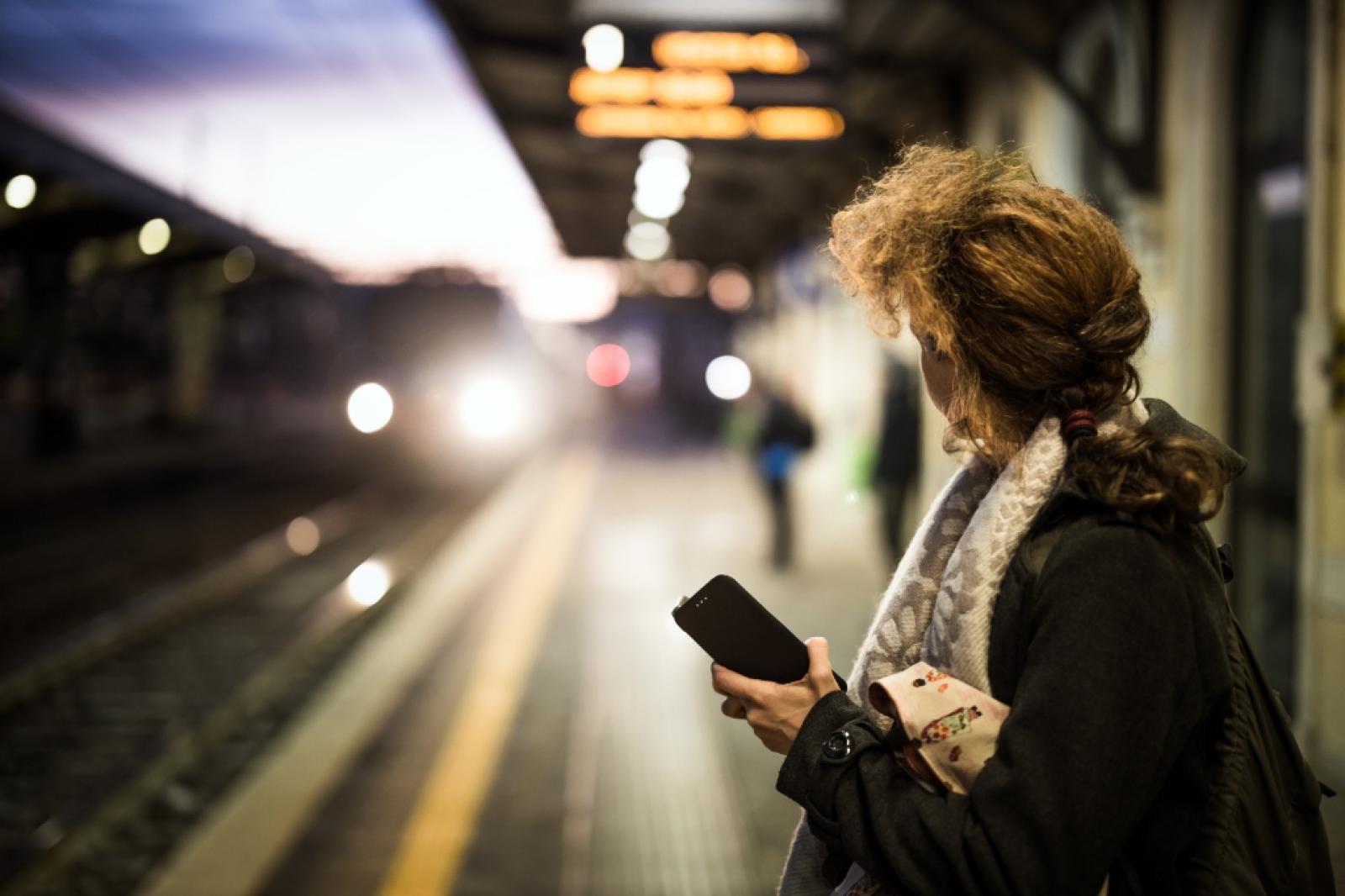Safe and sustainable...but currently unattainable

Rebecca Fuller, Assistant Director at the Urban Transport Group (and my manager), recently wrote this brilliant piece about how transport planning has historically been built around the ‘default man’. Meaning that the considerations of many have been ignored including women, those with complicated journey patterns, disabled people, those who travel encumbered – the list goes on.
One thing I have been thinking about recently is how safety affects my journey planning as a woman. And how my fear means that I can’t or don’t always choose the most sustainable transport options, even though I want to. I recently moved house and I am in the process of adjusting my travel habits to both accommodate this move and the ‘new normal’. For example:
Last week I went to a friend’s city centre flat in the evening. My first instinct for this journey is to cycle, but do I feel safe on the roads at night? Will I feel safe unlocking my bike in town after dark? What about public transport? I feel pretty safe on the bus, but the walk to and from the bus stop and waiting for the bus, I’m not so sure. So, I’ll probably end up in a taxi (though I don’t always feel safe in a taxi, it usually feels like the least bad option). If I had the option to, I would probably drive. That said, car parks have long felt like unsafe places to be at night.
This is all to illustrate that safe and sustainable journeys are inextricably linked. I don’t feel safe making my journey in the most sustainable ways.
Some statistics by TfL, DfT and YouGov which were highlighted in a recent Transport Network article illustrate that I am not alone in these fears:
- More than half of women in London are victims of sexual harassment on Tube, trains and buses
- 62% of women are scared walking in multi-storey car parks
- 60% are scared waiting on train platforms
- 49% are scared waiting at the bus stop
- 59% are scared walking home from a bus stop or station
So what can we do about it?
When I was a student at the University of Leeds, I was impressed by the work of the Student’s Union to help people to get home safely. They run a night bus, using a minibus, which will take students home from the Union for £1. This is a great example of how simple, affordable demand responsive transport can support people to get home safely. I’m sure there are many other examples of schemes like this one, but it demonstrates to me that bookable, door-to-door services might help to support people to make travel plans that don’t rely on the car but still feel safe.
I often think that what we need is more flexibility as a whole. So I might feel safe walking somewhere in the day time, while it’s still light and busy. But maybe I need a different option to get me home at night. And if those options are not easily available, affordable and safe, then driving becomes the default.
Earlier this year the Government published a strategy for tackling violence against women and girls. As part of this, our Chair Laura Shoaf (CEO of West Midlands Combined Authority) and Anne Shaw (interim MD, Transport for West Midlands) were appointed Transport Champions for tackling violence against women and girls. They are working with campaign groups, advocates, industry and government to identify areas for improvement.
We need this kind of action at the highest levels of government and innovative solutions at a local level to tackle the issues of women’s safety and travel patterns. Because without dealing with this, women will not be empowered to make the travel choices they want to, including making their journeys in the most sustainable ways. And this will be a barrier to women’s freedoms but also to achieving our decarbonisation targets and having a healthy, active population.
On a personal level, I would like to feel safe to make the travel choices that align with my values, particularly in minimising my environmental impact. Unfortunately, we’re not there yet.
Clare Linton is Policy and Research Advisor at the Urban Transport Group

